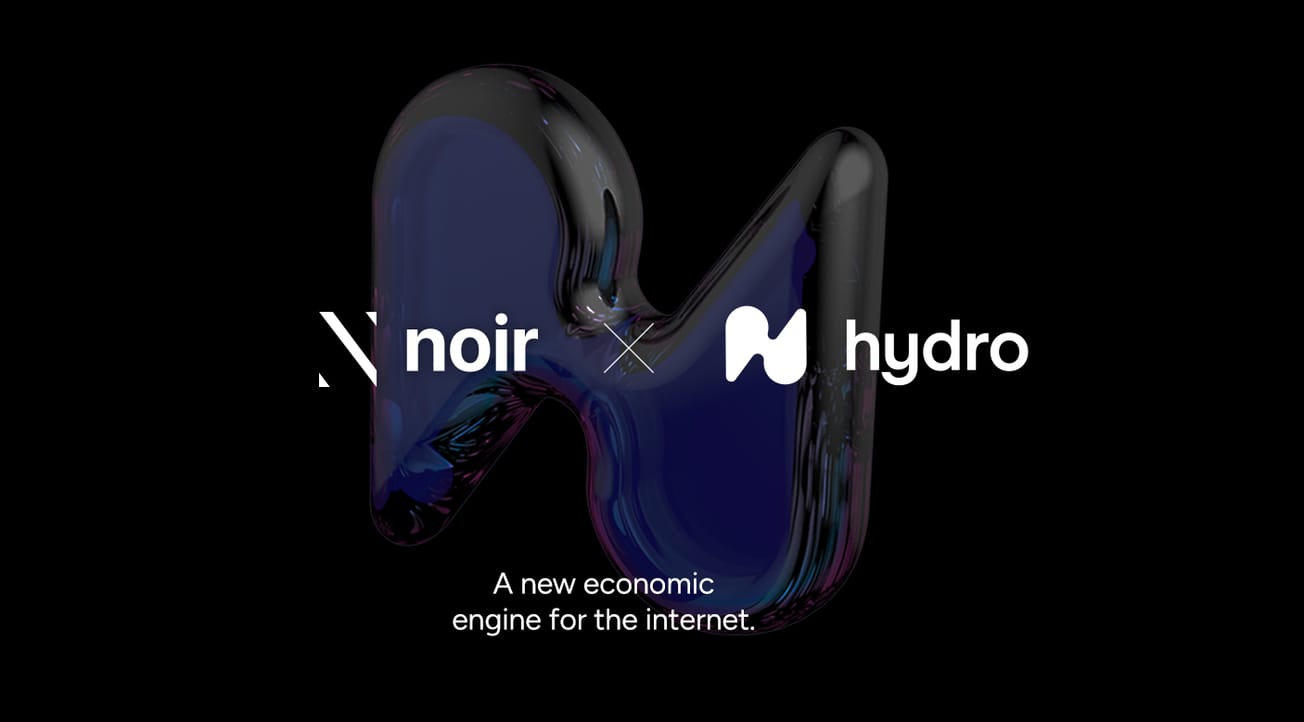The global metaverse market is expected to reach almost $1tn by 2030, growing at a compound annual growth rate of 39.8%. Other reports are expecting it to be worth at least $5 trillion, and some still expect it to be upwards of $10 or $100 trillion dollars by the end of this decade. There’s a pretty big difference between these results, but one thing’s clear: The metaverse is coming, and it’s going to be a mammoth market spanning the entire globe.
What’s Driving Metaverse Growth?
While the metaverse doesn’t exist yet, many of its underlying tech are becoming staple investments already. These are Virtual and Augmented Reality, Artificial Intelligence, and a number of other vital infrastructure doing the hard work.Together, they add up to a basket technology and system architecture that many are referring to as the emerging metaverse market.
According to GlobalData—a data and analytics firm based in London—this metaverse market has already reached $22.79 billion USD as of 2021, with 50% of the market share owing to North America and Asia-Pacific. Overall, GlobalData expects the metaverse to have a $996 billion dollar market cap by 2030.
The substantial growth in such a short time is being driven by investments from companies across sectors looking to improve customer engagement, explore new revenue streams, and stay ahead of the competition.
The media and entertainment sector is expected to be a major contributor to the metaverse market, with the gaming and music industries leading the way—something we’ve already seen through Fortnite’s experimental virtual concerts: Travis Scott netted $20 million dollars for his 2020 Fortnite Concert. Plus, it’s hard to ignore the fact that Unreal Engine, originally a game development engine, is so sophisticated as simulation software that it’s being used in almost every industry to improve efficiency.
A Multi-Trillion Dollar Opportunity?
While GlobalData’s estimates are more modest, the recent Citi report: Metaverse and Money predicts that the Metaverse will have a total addressable market (TAM) of $8 to $13 trillion per year by 2030. If we assume the metaverse will grow similarly to the smartphone industry, $8 to $13 trillion dollars isn’t out of reach.
However, it is possible that the Metaverse will grow more slowly, more like the Internet, in which case the TAM would be closer to $1 to $2 trillion—not far off GlobalData’s analysis. From a larger paradigm, considering the potential for the metaverse to transform every market, it wouldn’t be surprising to see it surpass $10tn within the next decade.






